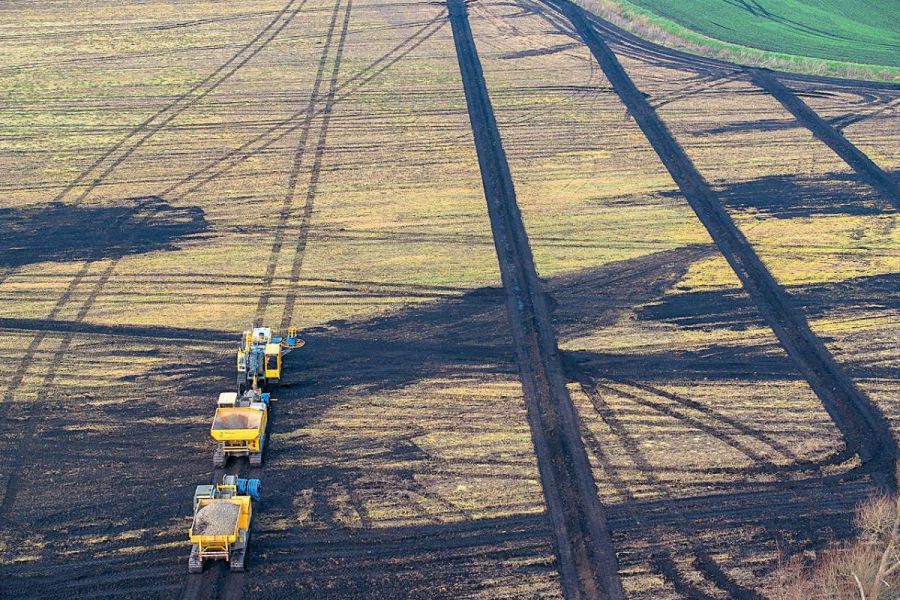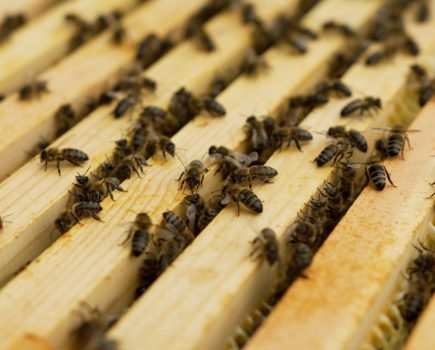Moling or jetting can be a low-cost way of rejuvenating a failing drainage system but these techniques only work if permeable fill is in place and soil structure allows good waterflow
Mole draining – suitable on very heavy and calcareous clays – every 5-10 years is as cheap as chips and highly effective when carried out at the right time, believes ADAS’ Kirk Hill.
He says soils should have a minimum of 30% clay and less than 30% sand to hold them together with a reduced risk of the channel collapsing after the mole is pulled. “Mole channels established in very stable soils with 45% clay content can last more than 10 years, but a typical lifespan ranges 5-10 years.”
Mole channel life can be reduced where patches of sandier soil occur leading to premature collapse, whereas bad cultivation or traffic management can seal off the routes by which water reaches the mole drains.
Moling should be carried out when the soil in the vicinity of the mole channel is moist enough to form a channel but not dry enough to crack and break up, and not soft enough to slough off and form a slurry.
Before moling, Kirk advises checking the soil at working depth is plastic, in that it forms a ‘worm’ without cracks when rolled on the hand, and that the surface soil is dry enough to ensure good traction and avoid compaction.
He adds that the drier the soil above moling depth, the greater the fissuring produced, the longer the life of the channels produced, and more efficient the water removal.
These conditions are most likely to arise during May to September/ October depending on the season and location. Often, the best, most stable moles are produced as the soil is drying out – so those installed early season – and through a crop, and this is where a cover crop can help.
This article was taken from the latest issue of CPM. For more articles like this, subscribe here.
Sign up for Crop Production Magazine’s FREE e-newsletter here.




